Table of Contents
Essential Tinga Ingredients List
Looking for the authentic ingredients for tinga? Here's exactly what you need for a traditional Puebla-style tinga recipe that delivers authentic flavor in under 45 minutes. The essential ingredients for tinga are:
| Ingredient | Quantity (for 4 servings) | Key Purpose |
|---|---|---|
| Shredded chicken breast or thigh | 1.5 lbs (680g) | Protein base that absorbs flavors |
| Dried guajillo chiles | 4-5 medium | Primary heat source with fruity notes |
| White onion, diced | 1 large | Aromatic foundation |
| Garlic cloves, minced | 3 | Depth of flavor |
| Canned whole tomatoes | 14 oz (400g) can | Sauce base with natural acidity |
| Ground cumin | 1.5 tsp | Signature earthy warmth |
| Mexican oregano | 1 tsp | Distinct herbal note |
| Chicken broth | 1 cup | Liquid for cooking and flavor |
| Vegetable oil | 2 tbsp | For cooking aromatics |
This exact combination creates the authentic tinga flavor profile that balances heat, acidity, and savory depth. While some variations exist, these ingredients represent the traditional Puebla-style tinga that forms the basis for authentic Mexican cooking.
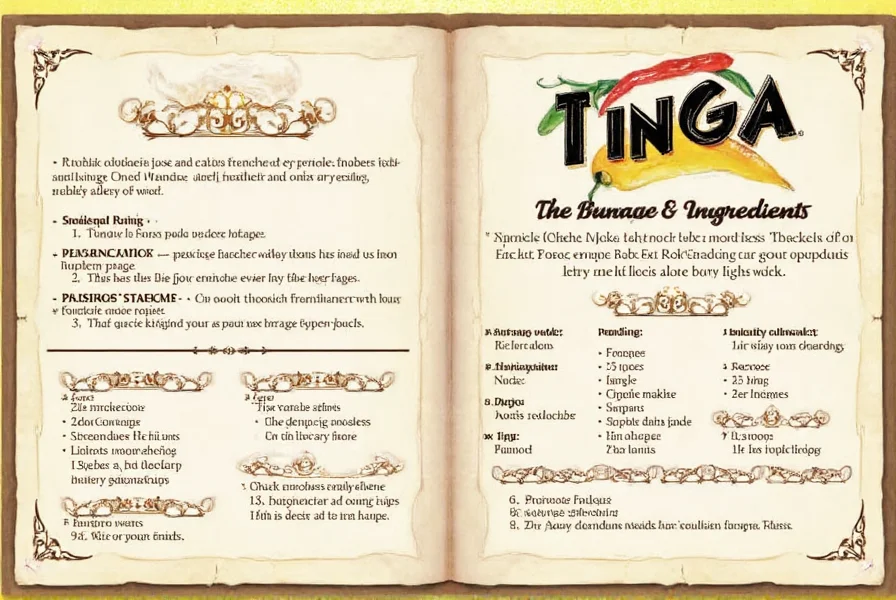
Complete Tinga Spice Guide
The precise spice blend makes tinga stand out from other Mexican dishes. Here's what each spice contributes and why it's essential:
| Spice | Flavor Contribution | Authenticity Level | Common Substitutes |
|---|---|---|---|
| Cumin | Earthy, warm base note | Essential (non-negotiable) | Coriander (partial substitute only) |
| Mexican Oregano | Citrusy, slightly floral | Essential (different from Mediterranean oregano) | Marjoram (not ideal) |
| Guajillo Chile Powder | Medium heat, fruity | Highly recommended | Ancho chile (milder) |
| Paprika | Color, subtle sweetness | Recommended | Smoked salt (small amount) |
| Cinnamon (optional) | Warm background note | Regional variation | None (omit) |
Professional chefs emphasize that using Mexican oregano (Lippia graveolens) rather than Mediterranean oregano makes a critical difference in authentic tinga. Mexican oregano has a more citrusy profile that complements the chiles, while Mediterranean oregano is more pungent and works better in Italian dishes.
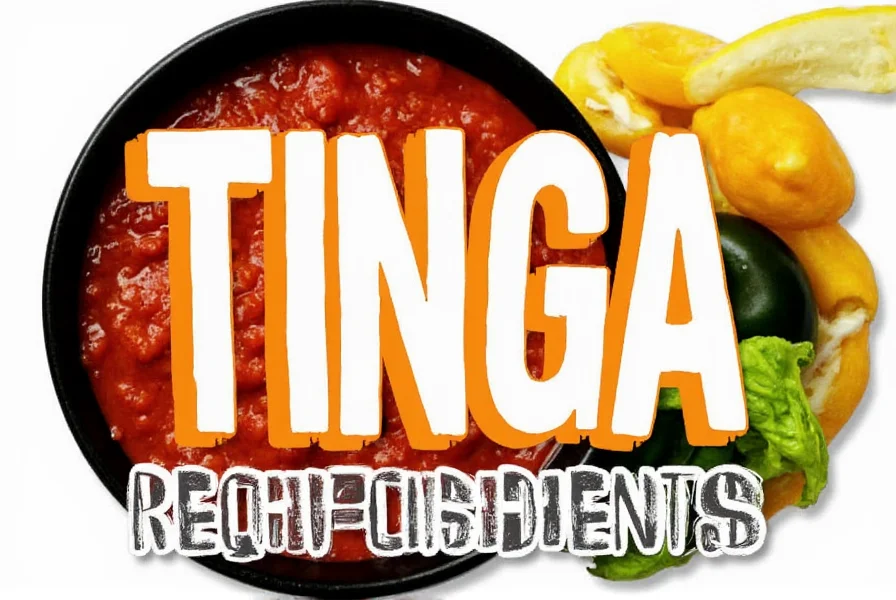
Authentic Chiles for Tinga: Types and Uses
Understanding chiles is crucial for authentic tinga. Here's what you need to know:
- Guajillo chiles: The traditional choice for Puebla-style tinga, providing medium heat (2,500-5,000 SHU) with notes of berries and tea. Soak for 20 minutes before blending.
- Ancho chiles: Milder option (1,000-2,000 SHU) with sweet, raisin-like flavor. Use when serving to children or those sensitive to heat.
- Pasilla chiles: Earthy flavor (1,000-2,500 SHU) that adds depth without overwhelming heat.
For perfect tinga sauce consistency, blend rehydrated chiles with:
- 1/4 cup of the soaking liquid
- 2 garlic cloves
- 1/2 of the diced onion
The chile-to-tomato ratio is critical: use 4 guajillo chiles per 14oz can of tomatoes for traditional heat levels. Reduce to 2 chiles for milder tinga or increase to 6 for extra heat.
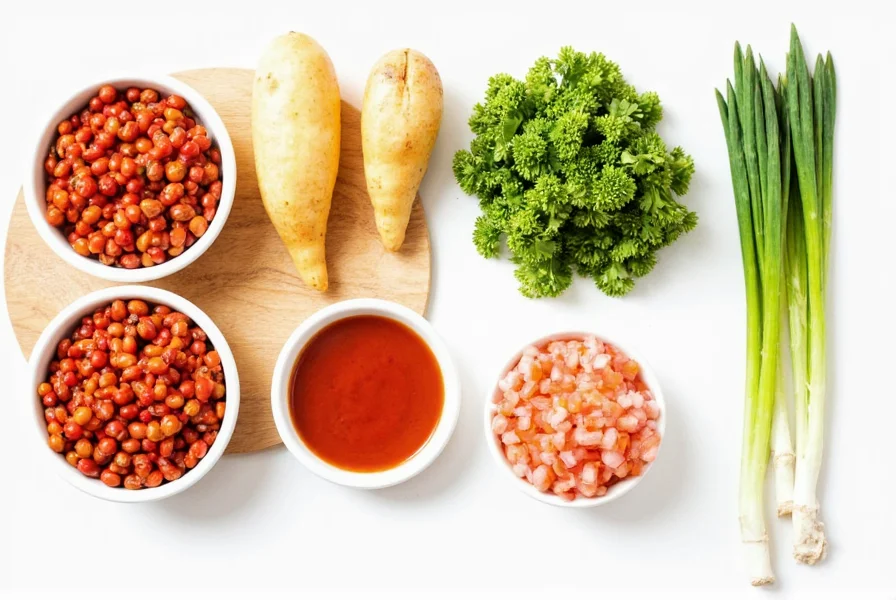
Step-by-Step Tinga Cooking Method
Follow these steps for authentic tinga in 40 minutes:
- Prepare chiles: Remove stems and seeds from 4 guajillo chiles. Soak in hot water for 20 minutes until soft.
- Cook chicken: Poach 1.5 lbs chicken in 2 cups broth with 1/2 onion and 2 garlic cloves until tender (15-20 minutes). Shred with two forks.
- Make sauce: Blend soaked chiles with 1/4 cup soaking liquid, remaining onion, and garlic. Add tomatoes and blend until smooth.
- Combine: In a skillet with 2 tbsp oil, cook sauce over medium heat for 5 minutes. Add shredded chicken and 1 cup broth. Simmer 15 minutes.
- Season: Stir in 1.5 tsp cumin, 1 tsp Mexican oregano, and salt to taste. Simmer 5 more minutes.
Pro tip: For deeper flavor, let tinga rest covered for 30 minutes before serving. The flavors meld significantly during this resting period. Tinga should have a thick, spoon-coating consistency - if too dry, add 1-2 tbsp broth; if too wet, simmer uncovered for 5 minutes.
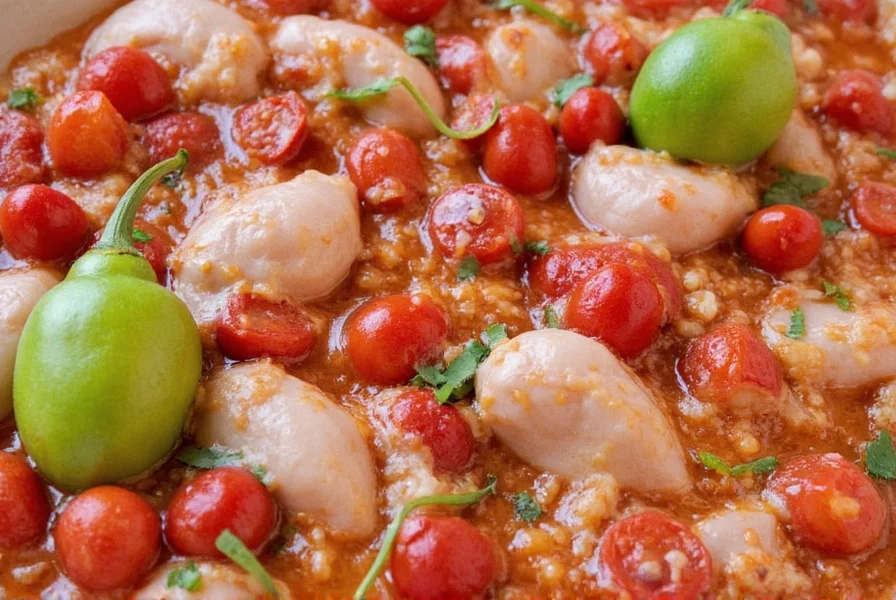
Tinga Ingredients FAQ
What are the essential tinga ingredients that cannot be substituted?
The non-negotiable ingredients for authentic tinga are: guajillo chiles (or close substitute like ancho), Mexican oregano, cumin, and shredded chicken or pork. These four elements define tinga's distinctive flavor profile. While tomatoes and onions are standard, some regional variations use tomatillos instead of tomatoes, but the chile-oregano-cumin trio remains constant.
How many chiles do I need for authentic tinga flavor?
For 1.5 lbs of meat, use 4-5 medium guajillo chiles for traditional Puebla-style tinga. This provides medium heat (approximately 3,000-4,000 SHU total). Remove seeds from 2 chiles if you prefer milder tinga. Professional chefs in Puebla typically use a 4:1 ratio of chiles to meat by volume for balanced heat that complements rather than overwhelms.
What's the difference between Mexican oregano and regular oregano in tinga?
Mexican oregano (Lippia graveolens) has a more citrusy, slightly floral profile that complements the chiles in tinga, while Mediterranean oregano (Origanum vulgare) is more pungent and minty. Using Mediterranean oregano creates an Italian flavor profile that clashes with authentic tinga. Mexican oregano is essential for the traditional flavor balance - it's not merely a substitute but a critical ingredient.
Can I use canned chipotles instead of dried chiles for tinga?
Yes, but with modifications: use 2-3 chipotle peppers in adobo plus 1 tbsp adobo sauce per 4 guajillo chiles. Reduce total liquid by 1/4 cup since chipotles add moisture. Note that chipotles create a smokier, spicier tinga (approximately 2-3 times hotter than guajillo). This variation is common in Northern Mexico but differs from traditional Puebla-style tinga.
What's the ideal meat-to-sauce ratio for perfect tinga texture?
The professional standard is 3:2 meat-to-sauce ratio by volume. For 1.5 lbs shredded meat, you need approximately 2 cups of finished sauce. The sauce should coat the meat without pooling - when you lift tinga with a spoon, it should hold its shape briefly before settling. Too much sauce makes tinga soupy; too little creates a dry texture that doesn't work well for tacos.
Which specific cumin variety works best for authentic tinga?
Authentic tinga benefits from dark, strongly aromatic cumin. Look for "Cumin Especial" from Mexican brands like La Costeña or Herdez, which has higher oil content (3-4%) compared to standard cumin (2-3%). If unavailable, toast regular cumin seeds in a dry pan until fragrant, then grind fresh. Avoid pre-ground cumin that's been sitting on shelves for months, as it loses its essential oils and flavor complexity.
Buying Guide: Best Products for Authentic Tinga
For authentic tinga, ingredient quality matters. Here's what to look for:
1. Guajillo Chiles
What to buy: Look for deep reddish-brown guajillo chiles with smooth, unbroken skin. Avoid chiles with dark spots or excessive wrinkles.
Top brands: La Morena (best value), Hatch (premium quality), local Mexican market brands
Price range: $3-6 per 4oz bag (enough for 4-6 recipes)
Storage tip: Keep in an airtight container in a cool, dark place for up to 1 year. For longer storage, freeze in a sealed bag for up to 2 years.
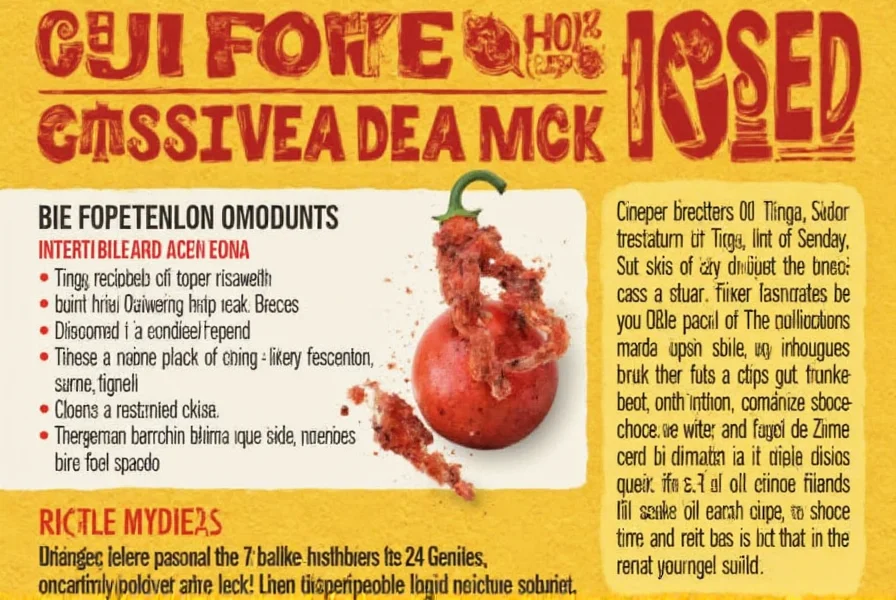
2. Mexican Oregano
What to buy: Choose whole Mexican oregano leaves rather than pre-ground. Look for vibrant green leaves with no brown spots.
Top brands: Herdez (widely available), La Cabrita (specialty stores), local market fresh bundles
Price range: $4-8 for 1oz (enough for 10-15 recipes)
Storage tip: Store in an airtight container away from light. Properly stored, it maintains potency for 12-18 months.
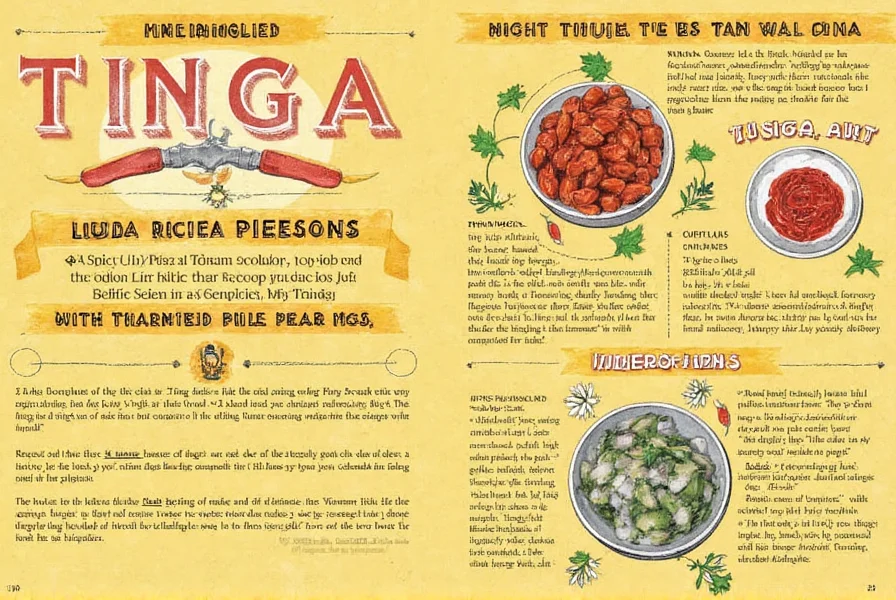
3. Cumin
What to buy: Opt for whole cumin seeds and grind fresh, or choose Mexican "Cumin Especial" for stronger flavor.
Top brands: La Costeña (best pre-ground), Prag (whole seeds), local Mexican market brands
Price range: $2-5 for 2oz container
Storage tip: Whole seeds keep for 2+ years; ground cumin for 6-12 months. Freeze for maximum longevity.

4. Tomatoes
What to buy: Whole peeled tomatoes in their own juice (no added calcium chloride)
Top brands: La Costeña (best flavor), Hunt's (reliable), Del Monte (good value)
Price range: $1-2 per 14oz can
Storage tip: Unopened cans last 18 months. Once opened, transfer to glass container and refrigerate for up to 5 days.
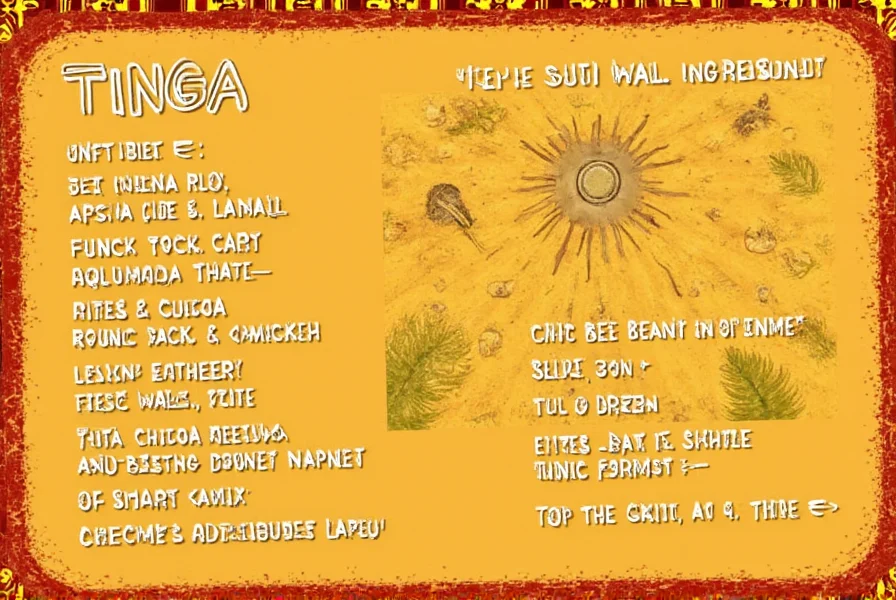
Conclusion: Perfecting Your Tinga Recipe
Mastering authentic tinga comes down to three critical elements: using the right chiles (guajillo for traditional heat), proper Mexican oregano (not Mediterranean variety), and freshly toasted cumin. These ingredients create the distinctive flavor profile that defines true Puebla-style tinga.
Remember the professional chef's ratio: 4 guajillo chiles per 1.5 lbs of meat, 1.5 tsp freshly ground cumin, and 1 tsp Mexican oregano. This precise balance delivers authentic tinga with medium heat that complements rather than overwhelms the other flavors.
For the best results, don't skip the chile-soaking step - it transforms dried chiles from brittle and harsh to soft and flavorful. And always use Mexican oregano, which has the citrusy notes essential to authentic tinga. With these precise ingredients and ratios, you'll create tinga that rivals what you'd find in Puebla, Mexico.
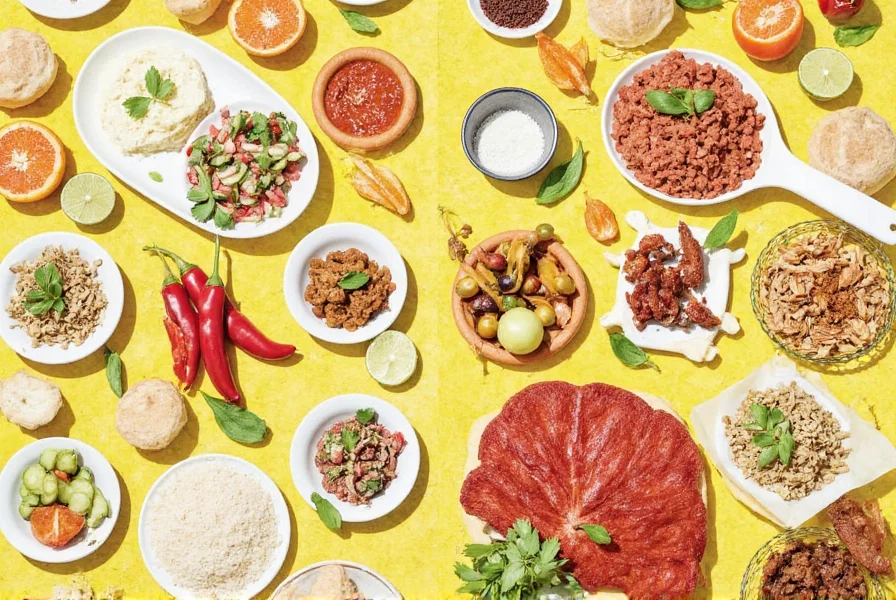
Whether you're making tinga tacos, tostadas, or serving it over rice, getting the ingredients right ensures authentic flavor every time. The beauty of tinga is in its simplicity - with just a few quality ingredients properly balanced, you create a dish that's greater than the sum of its parts.











 浙公网安备
33010002000092号
浙公网安备
33010002000092号 浙B2-20120091-4
浙B2-20120091-4